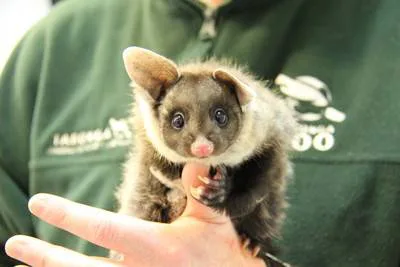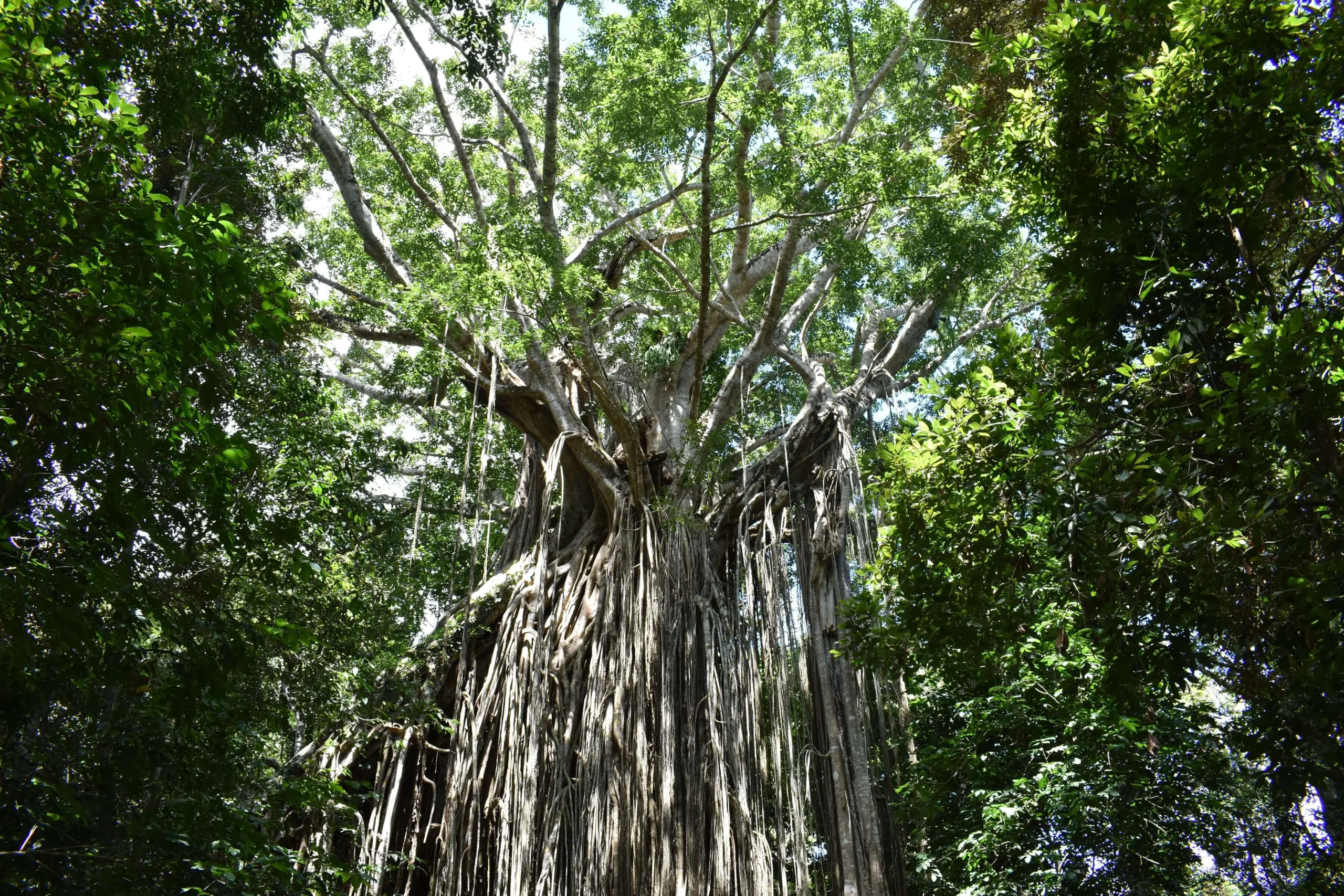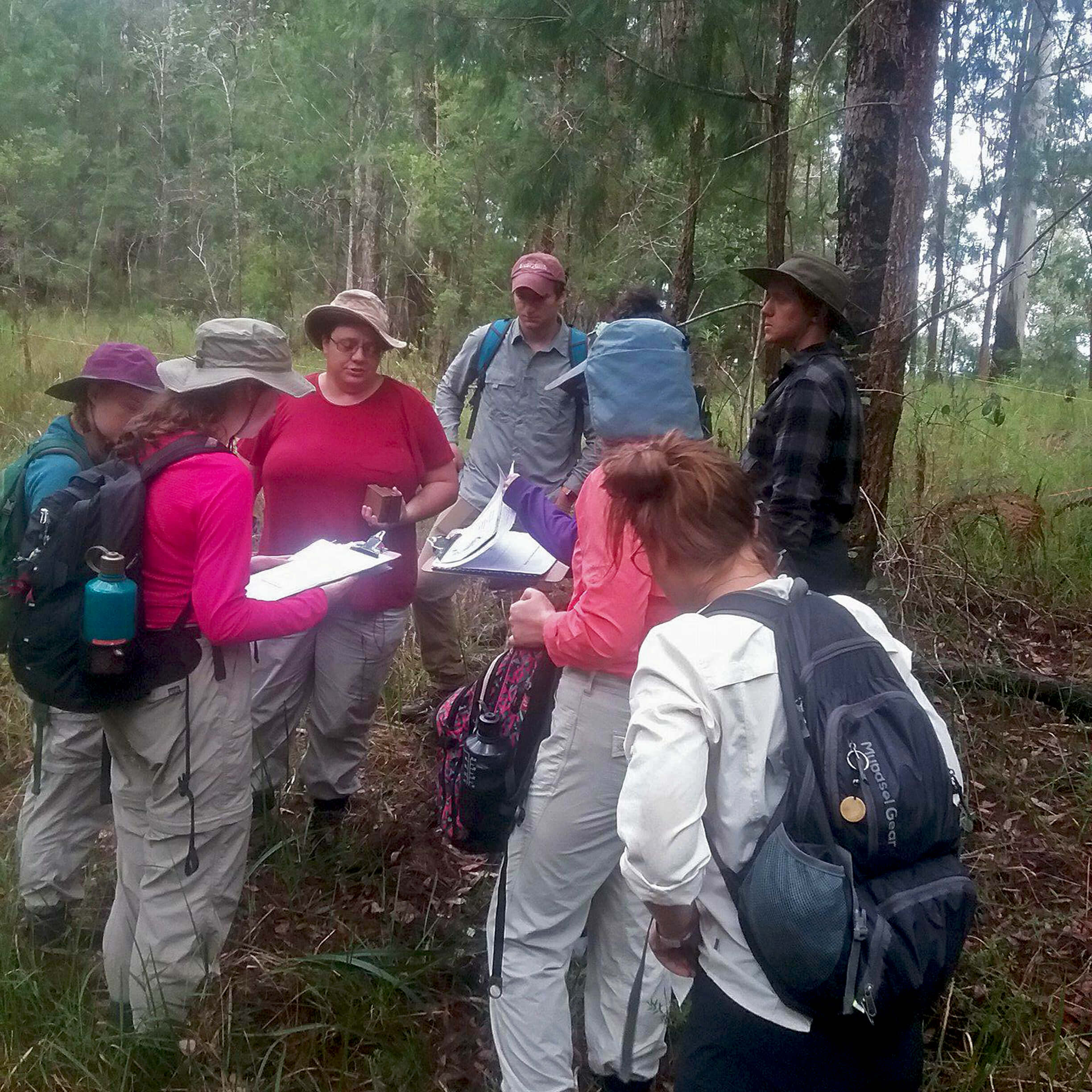Yellow-Bellied Glider Conservation
Field Exercises at the Centre for Rainforest Studies: A Holistic View of Yellow-Bellied Glider Conservation
It has been an exciting time at the Centre for Rainforest Studies, as a new set of field exercises are under way. This semester, many of the exercises center around one, real-world issue here in the Wet Tropics – the conservation of an endemic and fluffy creature known as the Yellow-Bellied Glider (YBG). When we say ‘conservation’ here at the School for Field Studies, though, we don’t just mean counting these creatures in the forest (stay tuned for more about this). We mean understanding the dynamic landscape of YBG conservation, complete with ecological and human dimensions.

A Yellow-Bellied Glider. Photo by the Taronga Conservation Society
So what does this mean in terms of field work? This means, yes, trying to catch a glimpse of them in the forest – with the fun dual challenges of a nocturnal activity pattern and wet season weather. The aim though, is not only to survey their population now, but to develop a robust methodology centered on YBG characteristics such as calling behavior. A deeper understanding of these fluffy creatures will inform future population surveys and enable long-term monitoring. A holistic understanding of YBG conservation also meant searching for a deeper understanding of the YBG’s enigmatic habitat – the Wet Sclerophyll Forest. With the state of this ecosystem under constant debate, further research is needed to understand how – and even if – to conserve this forest. And finally, to understand the most unpredictable element of all, we had to research the human dimensions of YBG conservation. Through open-ended surveys of multiple stakeholders, SFS students engaged with the community on this issue.

A cathedral fig in the forest. Photo courtesy of Bridget Gilmore

Photo courtesy of Bill Johnson
Here at the Centre for Rainforest Studies, our field exercises show that conservation cannot exist in a vacuum. For real-world impact, we need research to consider the dimensionality of a problem, to inform future research and management, and to engage the people involved. Our students understand this reality and are excited to tackle the challenge – for Yellow-bellied Gliders and beyond.

Photo courtesy of Bridget Gilmore
Related Posts


Alumni Reflections: Stories of the Return to Kenya
